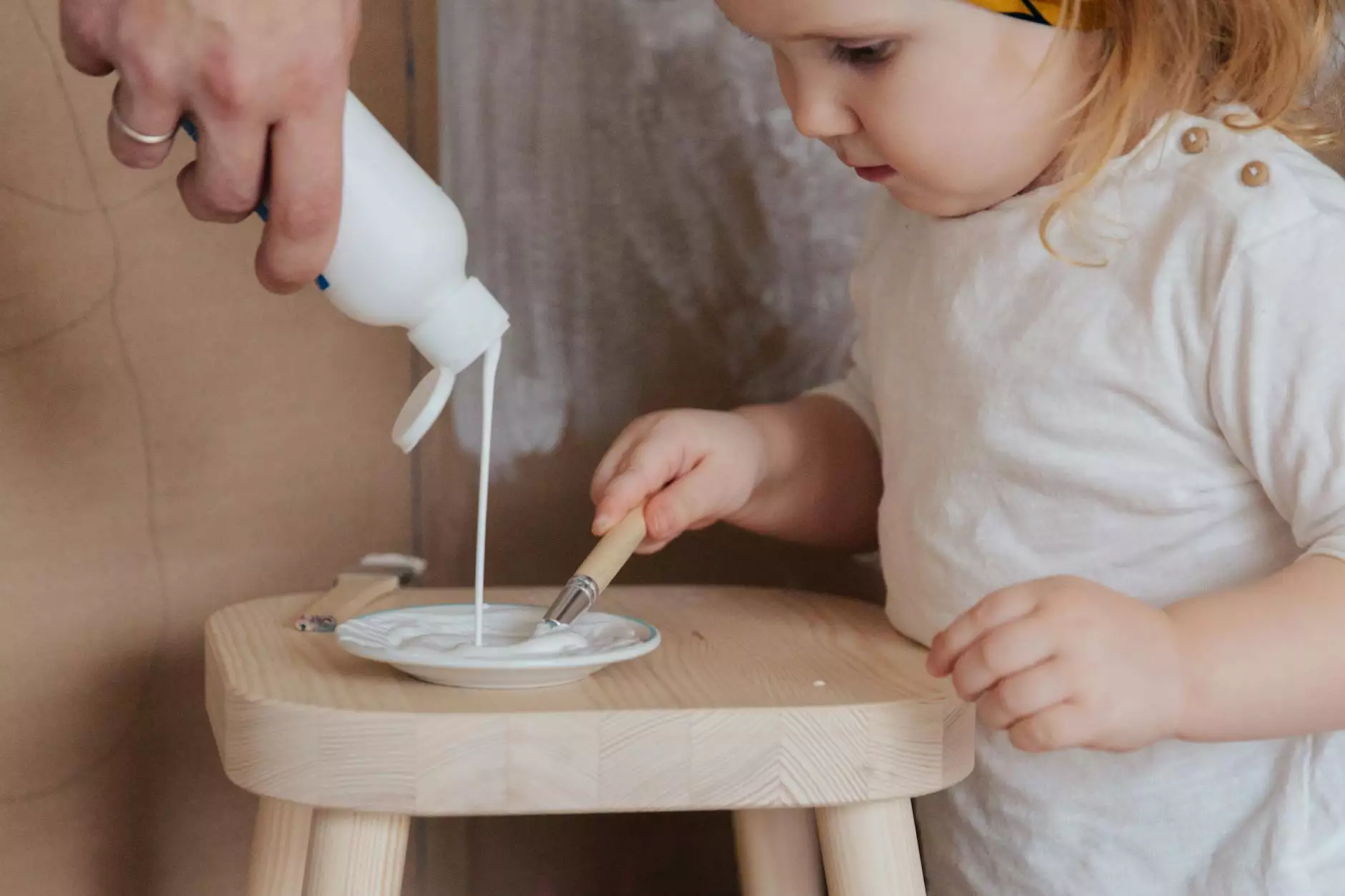Scissor Skills for Tiny Tots!

Welcome to The Knowledge Nest, your trusted source of information in the Community and Society category. Today, we are thrilled to present a comprehensive guide on scissor skills for tiny tots - an essential aspect of a child's development. Let's dive straight into the world of cutting, creativity, and fine motor skill development!
The Importance of Scissor Skills
Scissor skills are not just about cutting paper; they play a crucial role in a child's overall development. Mastering scissor skills helps strengthen fine motor skills, hand-eye coordination, bilateral coordination, and spatial awareness. These skills are essential for tasks such as writing, drawing, self-care activities, and even simple daily tasks like using utensils.
Children who struggle with scissor skills may find it challenging to manipulate objects, hold writing utensils, or engage in intricate tasks. By focusing on developing and enhancing scissor skills, parents and educators can provide a solid foundation for future academic and life achievements.
Teaching and Developing Scissor Skills
When it comes to teaching scissor skills, patience and guidance are key. Here are some tried-and-tested tips to help your tiny tots gain mastery over the art of cutting:
1. Choose the Right Scissors
Select child-safe scissors with rounded tips and suitable handle sizes for little hands. The right pair of scissors can make a significant difference in a child's confidence and success in cutting activities.
2. Introduction to Scissors
Start by familiarizing your child with scissors and their purpose. Let them explore the tool by opening and closing it without any paper. This helps them understand the basic mechanics and gets them comfortable with the idea of cutting.
3. Gradual Progression
Begin with simple cutting exercises, such as snipping paper strips or making straight lines. As your child gains confidence and control, gradually introduce more complex cutting tasks like curved lines, shapes, and patterns. This step-by-step approach ensures a steady and enjoyable learning experience.
4. Proper Hand Placement
Teach your child the correct way to hold the scissors - thumb in one loop, fingers in the other. Encourage them to keep their wrist straight and use their hand muscles to open and close the scissors smoothly.
5. Provide Guidance and Support
Supervise your child during cutting activities and provide guidance whenever necessary. Demonstrate proper cutting techniques, encourage them to stay focused, and offer positive reinforcement to boost their confidence.
6. Incorporate Fun Activities
Make scissor skills practice interesting and engaging by incorporating fun activities. Introduce themed cutting projects, such as creating paper dolls, intricate paper snowflakes, or even collages. These enjoyable activities encourage creativity and make learning scissor skills an exciting adventure.
7. Practice Regularly
Consistency is key when it comes to developing scissor skills. Set aside dedicated practice time each day, ensuring your child gets ample opportunities to hone their cutting abilities. Regular practice not only strengthens their skills but also instills a sense of discipline and perseverance.
Fun Activities to Enhance Scissor Skills
Now, let's delve into some fun-filled activities to boost your child's scissor skills to new heights:
1. Paper Collage
Provide your child with various colorful paper scraps and ask them to cut those into different shapes. Then, let their creativity shine as they create a beautiful collage by sticking the cut-out shapes onto a larger paper. This activity enhances cutting precision and artistic expression.
2. Cutting Straws
Take a handful of colorful straws and instruct your child to cut them into small pieces. This activity helps improve hand strength and bilateral coordination. The cut straw pieces can later be utilized for other craft projects or sensory play.
3. Snip and Thread
Give your child a few pieces of yarn or a shoestring and ask them to cut it into small segments using their scissors. Once cut, guide them to thread the pieces through a plastic needle or simply knot them together to create colorful bracelets or necklaces. This activity strengthens cutting skills and introduces basic sewing concepts.
4. Paper Snowflakes
Engage in the timeless art of making paper snowflakes. Teach your child how to fold, cut, and unfold paper to create intricate snowflake designs. This activity builds scissor control, cognitive skills, and promotes a sense of wonder and exploration.
5. Cutting Playdough
Combine the fun of playdough with scissor skills by encouraging your child to cut through the squishy dough. They can create various shapes or simply snip the playdough into small pieces. This activity refines cutting control, hand strength, and creativity.
Remember, each child progresses at their own pace. Offer gentle guidance, celebrate their achievements, and embrace a positive learning environment. With consistent practice and support, your tiny tots will soon become scissor skills superstars!
Thank you for visiting The Knowledge Nest, your go-to resource for invaluable information on child development and education in the Community and Society category. Stay tuned for more informative articles, tips, and guides!










